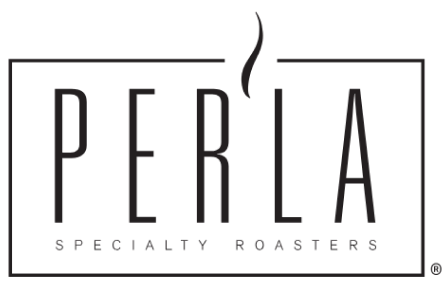How to Make Espresso: Tools and Techniques
Espresso is a delightful but often misunderstood aspect of the coffee world. There is a common misconception that espresso is a specific type of bean or roast, but in reality, any type or roast level of coffee can be prepared as espresso. All you need is some equipment and, ideally, freshly roasted Per’La coffee.
The world of espresso equipment can be quite intricate, with prices escalating rapidly based on your desired level of equipment. Many top cafés worldwide routinely use espresso equipment worth tens of thousands of dollars to ensure the best taste and handle the intense volumes seen in busy establishments. Renowned brands like La Marzocco, Nuova Simonelli, Slayer, and Eversys dominate the espresso equipment market globally. Many of these brands also offer home equipment for enthusiasts serious about their coffee brewing techniques.
Fortunately, espresso grinders and machines have made significant strides in terms of durability and quality for home use. Just a few years ago, a high-quality espresso setup would cost thousands of dollars and require ample kitchen space.
Regardless of your preferences, here are a few essential items for making great espresso:
-
Freshly Roasted Per’La Coffee: After roasting, coffee releases gases and loses flavors and aromas. We recommend coffees that pair well with milk for the best espresso brewing experience.
-
Espresso Machine: Choose a machine that can generate the proper pressure for extraction. Espresso requires 130 pounds per square inch for brewing. When researching a new machine, ensure it can hit this pressure mark by checking customer reviews.
-
Adjustable Espresso Grinder: An adjustable grinder is crucial for creating the best possible shot. Each coffee behaves differently during brewing, so adjustments may be necessary. A 2-ounce double shot typically takes around 27 seconds to pull, and an adjustable grinder allows you to make changes to the extraction process.
-
Additional Tools: It's helpful to have a digital scale to measure both the coffee you're grinding into the portafilter and the liquid in the espresso shot. A basic timer will assist in timing the extraction rate of your espresso shots.
Before brewing your espresso, be prepared to make adjustments. Changes in coffee, grind size, water quantity, and temperature will all impact the final result. While it may be biased, these elements make pulling an espresso an engaging and enjoyable process.
Feel free to reach out to us with any questions about your espresso-making process.





